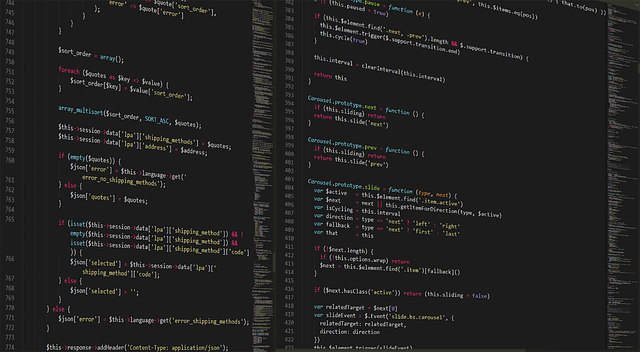Art, in its myriad forms, serves as a mirror reflecting the development of society, culture, and individual expression. Among the different mediums through which human thoughts and feelings are conveyed, painting stands out as a timeless and ever-evolving form of creative expression. Through the lens of fine arts, we can explore the intricate dance between painting and culture, revealing how each influences the other throughout history.
The development of painting has been inextricably linked to cultural shifts. From the ancient cave paintings that captured hunting scenes, to the breathtaking works of the Renaissance that celebrated humanism, each period in art history represents a chapter in the larger story of human civilization. The evolution of styles and techniques—be it the stark realism of the Baroque period or the abstract strokes of Modernism—reflects not only aesthetic progression but also the changing values and conditions of society.
As we journey through the various epochs of art history, we find that cultural movements often inspire significant developments in painting techniques and themes. For instance, the Impressionist movement of the late 19th century arose as a direct response to the rapid industrialization and changing societal norms of the time. Artists like Monet and Renoir chose to capture fleeting moments of light and color, drawing attention to the beauty found in everyday life, thereby connecting deeply with contemporary audiences.
Moreover, the development of painting is not just confined to the brushstrokes on canvas; it also extends to how art is perceived and consumed by audiences. The advent of technology and digital media has given rise to new forms of artistic expression. Contemporary artists are now exploring the boundaries of traditional painting by incorporating mixed media, digital tools, and performance art, resulting in a dialogue that shapes our understanding of what art can and should be.
Culture plays a pivotal role in this transformative process. The themes found in painting often reflect societal issues, personal experiences, and collective memories. Artists serve as the cultural commentators of their time, addressing matters such as identity, race, gender, and environmental concerns through their work. For instance, the Harlem Renaissance not only invigorated African American culture but also significantly influenced the development of American painting, as artists used their canvas to tell stories and challenge prevailing narratives.
Additionally, the globalization of art has further enriched the painting landscape. As cultural exchanges become more frequent, artists borrow from a rich tapestry of influences, allowing for a cross-pollination of ideas and techniques. This amalgamation nurtures development, giving rise to exciting new styles that resonate with audiences around the world.
The relationship between fine arts, culture, and art is a dynamic environment that celebrates both change and tradition. In every brushstroke lies a tale of growth, reflection, and connection. As we continue to witness the evolution of painting, we are compelled to engage with the cultural narratives it encapsulates, and through this engagement, we foster a deeper understanding of ourselves and the world around us.




